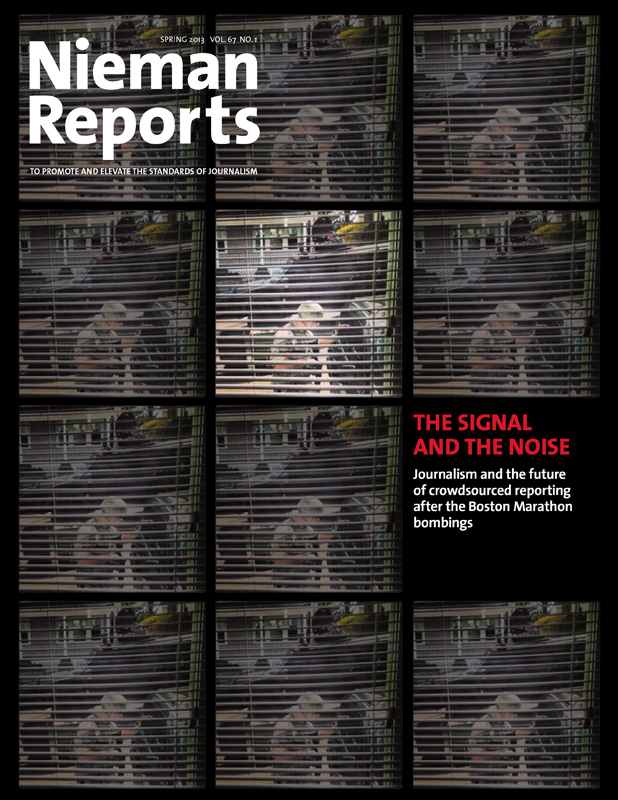Using his Massively Parallel Database (MaPD), MIT researcher Todd Mostak was able to visualize how quickly news of the Boston Marathon bombings spread on Twitter. His system can map millions of geocoded tweets to show when and where subjects are mentioned on Twitter. By searching for the word "marathon" on April 15, Mostak can show how the story spread from the Boston region to the rest of the country in a matter of minutes.
By limiting his search to the area of the April 19 manhunt for bombing suspects, Mostak could follow the tweets of Taylor Dobbs, a Northeastern University student who was tweeting live from the scene with journalist and Massachusetts Institute of Technology faculty member Seth Mnookin. Each dot in the video represents a GPS-encoded tweet sent by Dobbs (Mnookin did not have GPS enabled on his phone).



